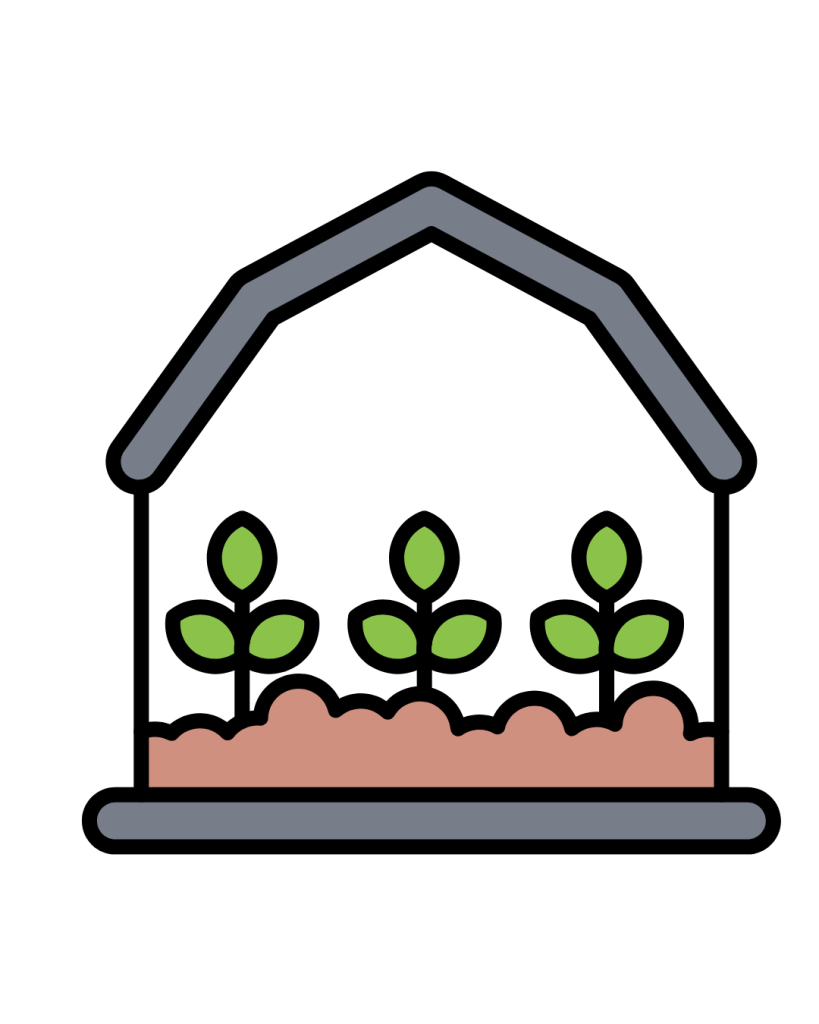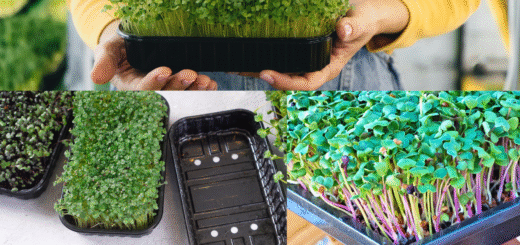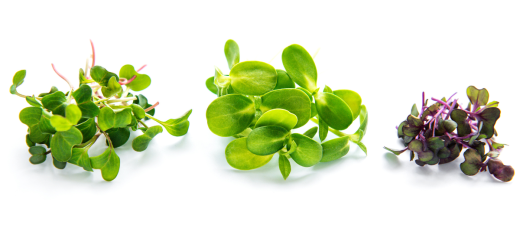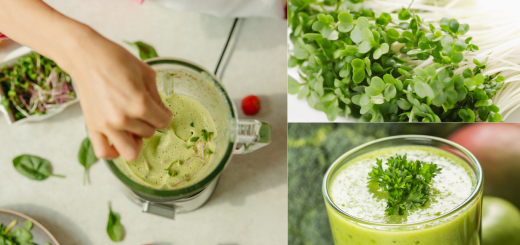Microgreens: the future of urban agriculture and superfoods Part I

A few articles back, we focused on the origins of young edible plants Microgreens- how did it start? – EVEC Athens to spread information about their successes in previous years. Are you now interested in knowing more about their impact on the future? If yes, with pleasure we will introduce with you our topic for today, which is microgreens: the future of urban agriculture and superfoods. In this article we will share with you knowledge based on a scientific article “Microgreens as the future of urban horticulture and superfoods, supported by post-harvest innovations for shelf-life increase: a review”.
Introduction to the topic
Microgreens are known from their boast rich bioactive compounds believed to combat chronic diseases, moreover from their intense taste and also rich nutritional values. In the era of global urbanization, microgreens are ideal addition to functional foods, because of their suitability for indoor farming, minimal cultivation resource requirements, and short production cycles.
Let’s talk about global urbanization and this tiny greens
What connects microgreens with urbanization and why are they considered the future? The answer might surprise you. According to the latest research it is anticipated that by mid-century, 70% of the population is expected to live in urban areas. At that time also the global population is growing. If this trend continues it’s expected this poses a significant challenge to ensuring food security. There is also a problem with “hidden hunger” which means micronutrient deficiencies in the diet. And the answer for this issue can be in the form of sustainable vegetable cultivation methods.
And here we come to our young edible plants.
How can they contribute to positive changes in the area of sustainable food? Indoor farming is a method of growing plants in a controlled environment. It offers benefits such as higher yields and water efficiency compared to traditional outdoor farming, and also reduces the distance food must travel. Another positive aspect of microgreens is that they don’t require a lot of space to grow, making them ideal for urban farming, including rooftops, balconies, and vertical indoor farming. They grow very quickly, ensuring a constant supply of fresh produce. Compared to traditional farming, they consume less water, don’t require pesticides or herbicides, which is in line with the principles of sustainable urban agriculture.
Potential of microgreens
Microgreens have a huge potential as superfoods, ideal for urban gardening. Increasing the number of microgreens grown in urban areas would significantly increase their availability to consumers, thus providing a source of numerous nutrients with a positive impact on the health of urban populations.
Research about microgreens as the future of urban horticulture, superfoods are really huge. We will share with you another portion of information in the next article. Where we are going to focus on how to improve the quality and extend the freshness of microgreens.
That’s actually a great moment to use knowledge from our articles and try to grow microgreens by yourself. We guarantee that’s will give you a lot of joy 🙂
Sources:
Daria Barańska, Jacek Panek, Sylwia Różalska, Katarzyna Turnau, Magdalena Frąc
“Microgreens as the future of urban horticulture and superfoods, supported by post-harvest innovations for shelf-life increase: a review”. Link: https://www.sciencedirect.com/science/article/pii/S0304423825003528
Karolina







